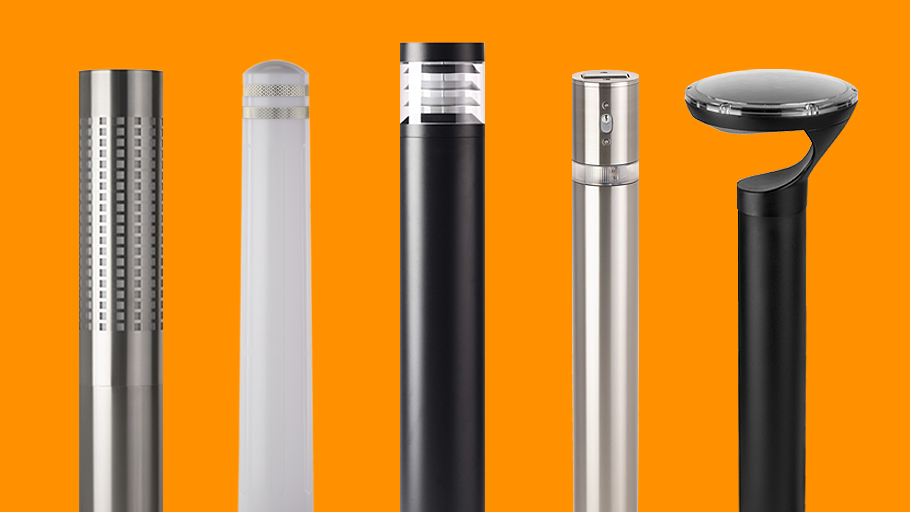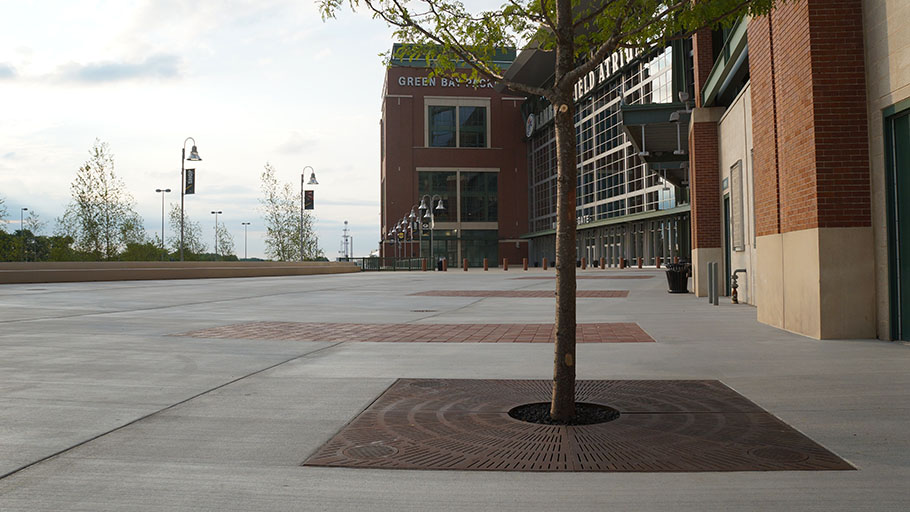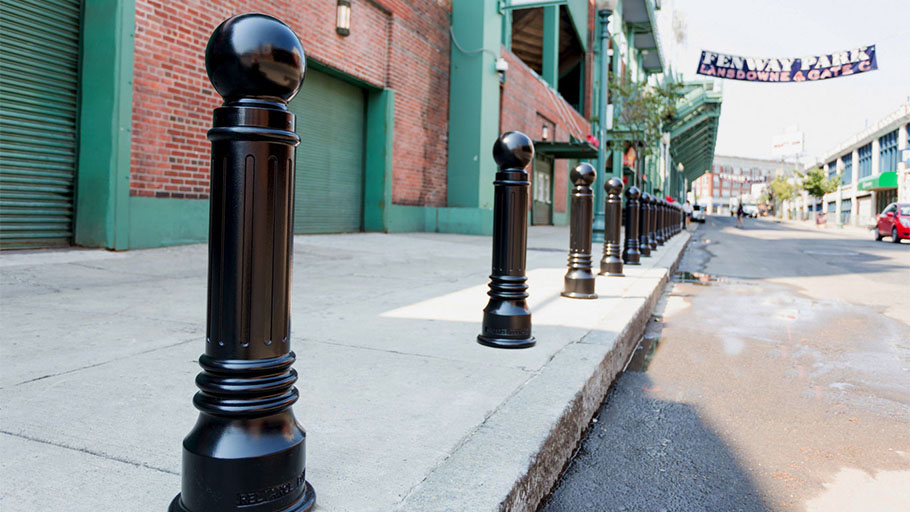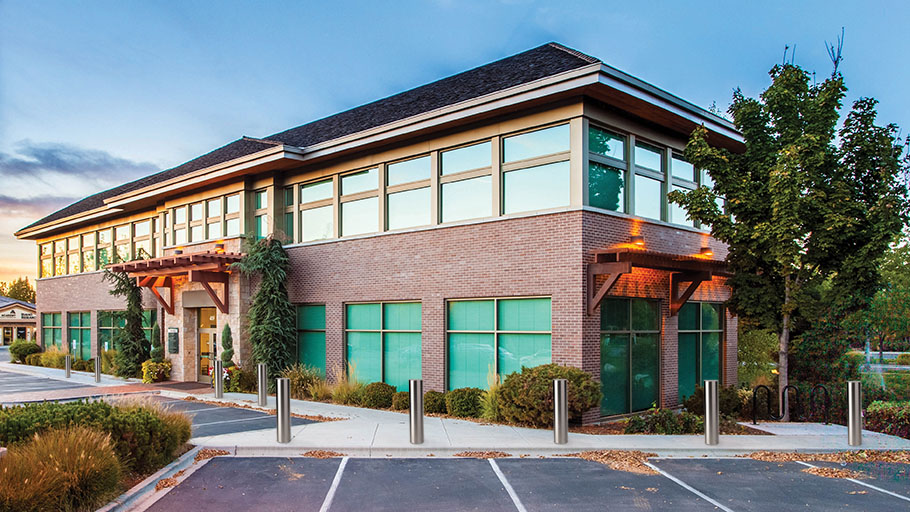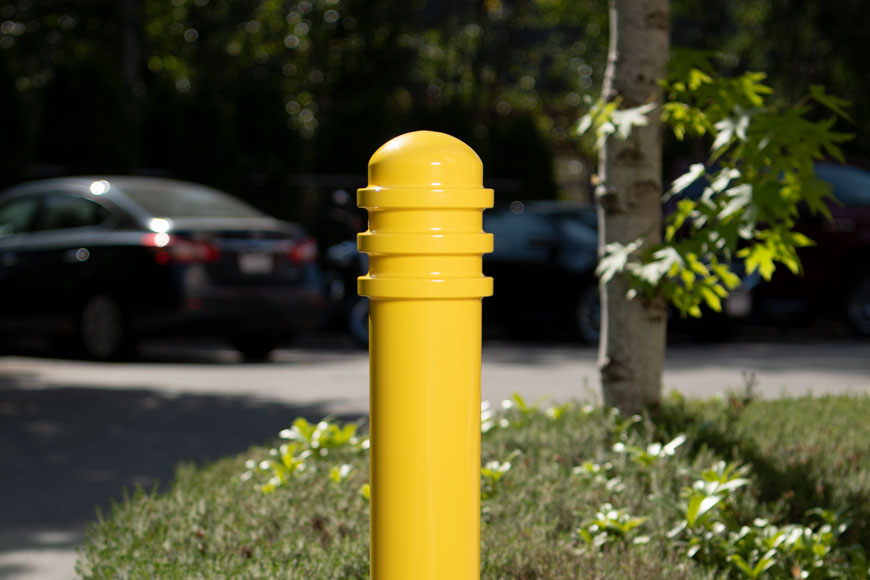The Essential Role of Lit Bollards

In urban design, balancing safety with aesthetic appeal is a crucial challenge. Lit bollards are key to this balance, offering not just practical safety features but also enhancing the visual appeal of a space. These illuminated fixtures guide traffic, protect pedestrians, and create a sense of security with their effective lighting. This article highlights the essential role of lit bollards in urban safety, showcasing their importance in contemporary urban planning. We will delve into how lit bollards contribute to safer, more accessible cityscapes, emphasizing their impact on our daily urban life and the future of urban design.
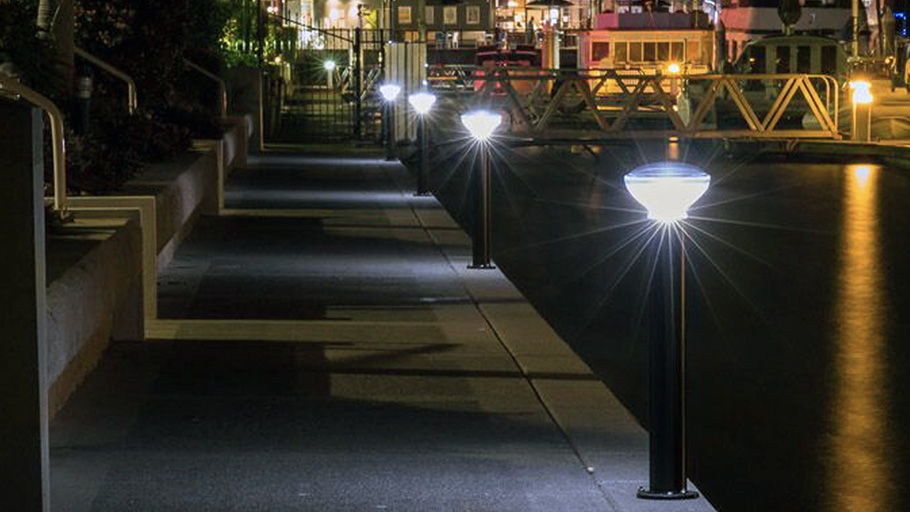
Lit Bollards in Urban Design
Bollards have evolved from simple, functional barriers to key elements in urban safety and design. Originally serving as unlit posts for demarcating boundaries, the integration of lighting transforms them into significant contributors to both urban beautification and public safety.
Design and Functionality
Modern lit bollards are typically constructed from materials like carbon steel, stainless steel, and durable polymers such as polycarbonate, ensuring resilience and longevity in harsh outdoor environments. Equipped with energy-efficient LED lights, they offer both operational efficiency and reduced maintenance costs. The lighting is pivotal for nighttime visibility, aiding in accident prevention and enhancing pedestrian comfort and security.
Versatility in Urban Spaces
Lit bollards are versatile, suitable for various urban environments from bustling city centers to tranquil park pathways. In busy areas, they guide traffic and protect pedestrian zones, while in parks and on public walkways, they provide soft illumination that enhances the ambiance and ensures safety after dark.
Safety Enhancement
A paramount concern in urban planning, many aspects of public safety can be effectively addressed with lit bollards. They illuminate pathways and pedestrian areas, reducing accident risks and increasing comfort and security for city dwellers.

Aesthetic Appeal of Lit Bollards in Urban Design
Lit bollards are more than just safety features; they are key elements in urban aesthetics. Their design allows for a harmonious blend of functionality and beauty, contributing significantly to the visual identity of urban spaces. Whether sleek and modern or designed with traditional flair, these bollards become integral parts of the streetscape, complementing architectural styles and urban themes.
Enhancing Urban Ambiance
The gentle illumination from lit bollards creates a welcoming and pleasant atmosphere in urban areas. At night, their soft glow adds depth and dimension to city streets, transforming mundane paths into picturesque scenes. This enhanced ambiance is not just about looks; it also makes urban spaces more inviting and comfortable for residents and visitors alike.
Customizable Designs
One of the standout features of lit bollards is their customizable nature. City planners and designers have a wide array of styles and colors to choose from, allowing them to tailor the look of bollards to fit the specific aesthetic of a neighborhood or district. This customization enables lit bollards to be seamlessly integrated into various urban designs, from historic centers to contemporary districts.
Contributions to Landscape Architecture
In landscape architecture, lit bollards play a crucial role. They provide structure and form to open spaces, such as parks and public squares, while their lighting enhances the natural beauty of the landscape. By day, they stand as stylish structures; by night, they bring a new dimension to the landscape with their illumination.
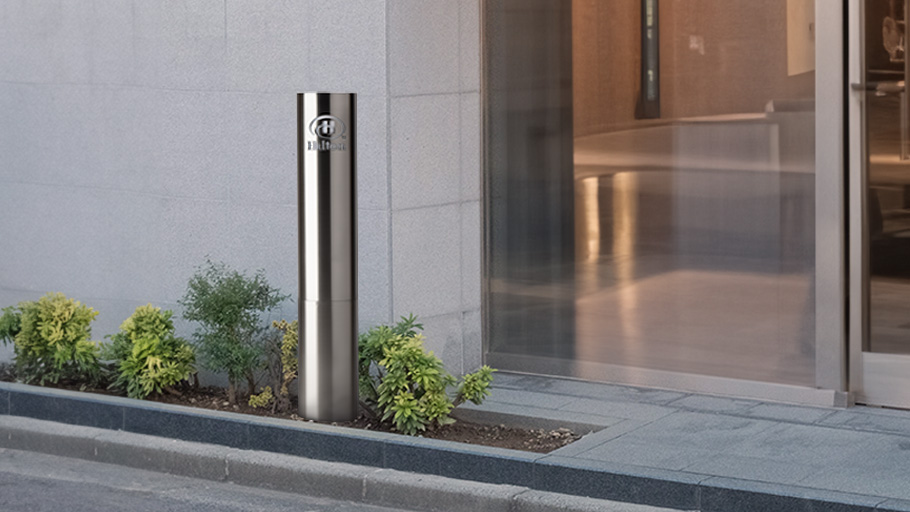
A Symbol of Municipal and Brand Identity
Lit bollards serve not only as elements of urban design but also as mediums for brand identity. Their ability to be customized extends beyond design and color; many lit bollards can incorporate logos or branding elements, making them a versatile tool for businesses and organizations to enhance their visibility in urban spaces.
Customization with Logos
The customization feature of lit bollards allows for the incorporation of logos, offering an innovative way for brands to leave their mark in the urban landscape. This capability transforms lit bollards from mere functional objects into powerful branding tools. Companies, institutions, and even city councils can use bollards such as the Reliance Foundry R-6330 to display their logos, reinforcing their presence and identity in a subtle yet impactful manner. This not only aids in brand recognition but also adds a unique touch to the urban environment, reflecting the diversity and character of the businesses and communities within the city.
Reflecting the Community’s Character
In addition to commercial branding, lit bollards can reflect the character and identity of the communities they are in. Whether representing local heritage, cultural themes, or civic pride, these bollards become more than just urban furniture; they are a canvas for expressing the unique personality and values of the area. This aspect of lit bollards contributes to a more engaging and personalized urban experience, where the functional elements of the city also tell a story and foster a sense of belonging.
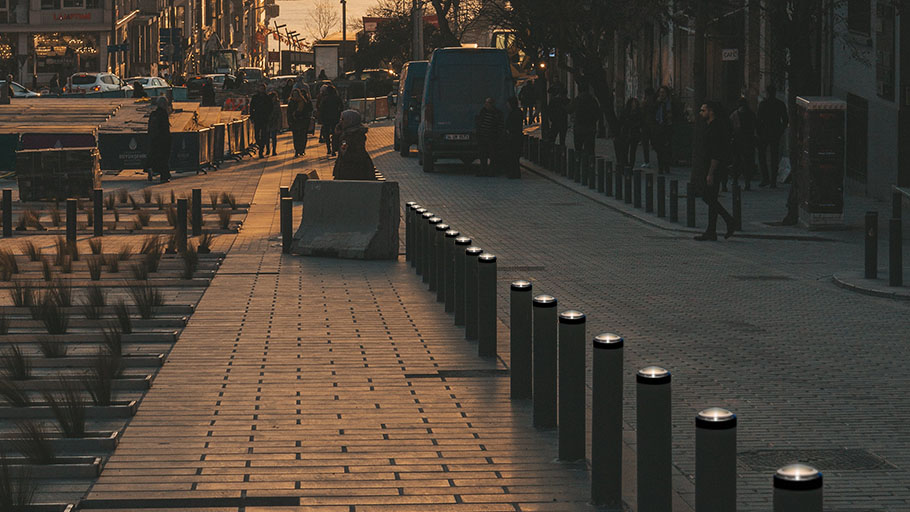
Safety and Security
Enhancing Visibility and Awareness
Lit bollards play a vital role in enhancing visibility in urban areas, making navigation safer for both drivers and pedestrians, especially at night. This increased visibility is key in reducing accidents and improving traffic safety.
Delineating Safe Spaces
In busy urban areas, lit bollards are essential for creating and marking safe pedestrian spaces. They guide foot traffic and help prevent accidents, especially in city centers or areas with high pedestrian activity.
Crime Deterrence through Lighting
Well-lit areas are less prone to criminal activities, and lit bollards contribute significantly to this security aspect. Their illumination enhances the safety of urban spaces, making them less inviting for illicit activities.
Emergency Situations
In emergencies, the illumination from lit bollards is invaluable, aiding responders in navigating crowded areas and marking evacuation routes or assembly points.
Incorporating Smart Technologies
Modern lit bollards, like crosswalk bollards, often include smart technologies allowing them to integrate with traffic signals at pedestrian crossings. These bollards light up to indicate safe crossing times, directly enhancing pedestrian safety at crosswalks. This technology not only improves the responsiveness of urban environments but also significantly boosts pedestrian safety.
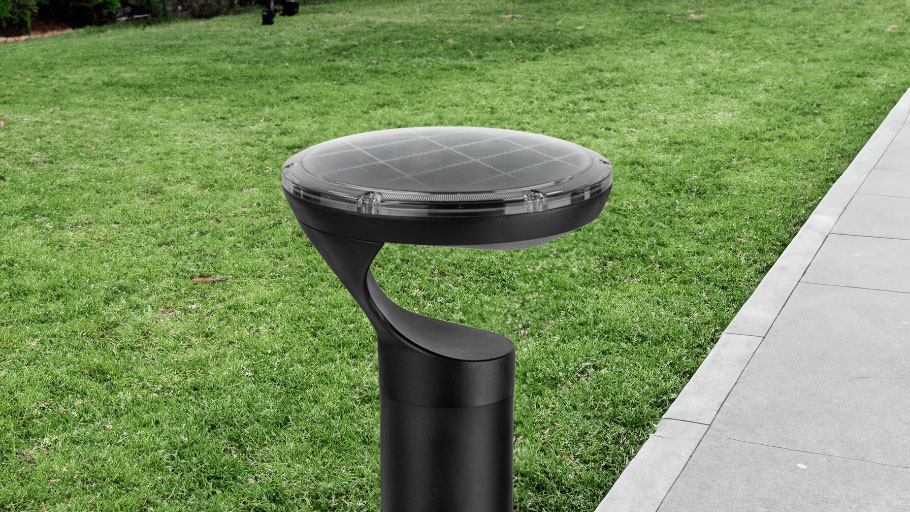
Sustainability and Energy Efficiency
Eco-Friendly Materials, Design, and Light Pollution
In the pursuit of sustainability, modern lit bollards are constructed using eco-friendly materials and designs. Models such as the R-9815-FL Solstice are also designed with consideration for light pollution and dark sky compliance. These bollards provide essential lighting while minimizing their impact on the night sky, helping to preserve the natural ambiance of the environment. This approach aligns with recent discussions on reducing light pollution, as explored in our dedicated blog post on dark sky compliance.
LED Lighting: The Core of Energy Efficiency
LED technology in lit bollards marks a significant stride towards energy efficiency. LEDs consume less energy and have a longer lifespan than traditional lights, thereby reducing the energy footprint and maintenance needs of urban lighting.
Solar-Powered Options
Solar-powered lit bollards represent a step forward in using renewable energy sources. By utilizing solar panels, these bollards decrease reliance on the electrical grid and promote clean energy, contributing to sustainable urban development.
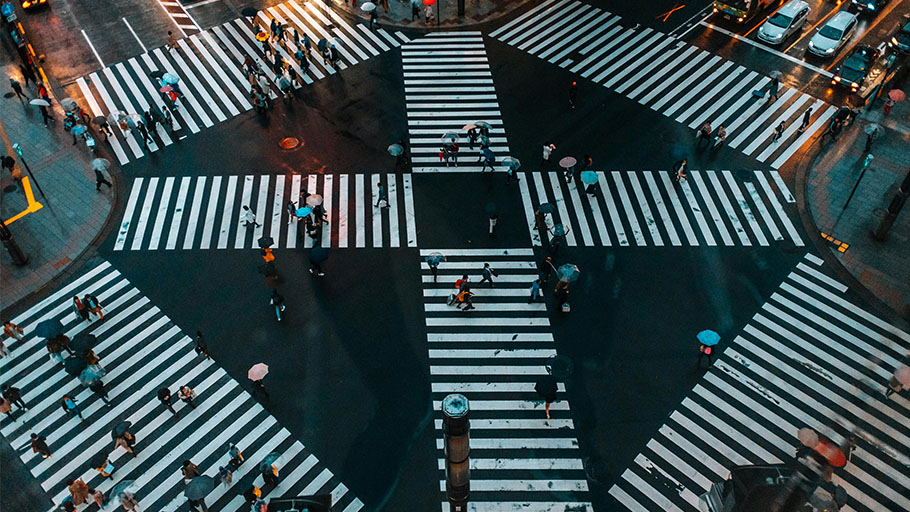
Future Trends
As we look towards the future, lit bollards are poised to become integral components of smart and connected cities. With the integration of IoT (Internet of Things) technologies, these bollards could serve as nodes in a vast urban network, collecting valuable data for city management and public services. This advancement will enhance urban living by making city environments more responsive to the needs of their inhabitants.
The trend towards environmental sustainability will also shape the future of lit bollards. Expect to see innovations that focus on energy efficiency, such as the use of recycled materials and fully solar-powered designs. These developments will align lit bollards with global efforts to create more sustainable and eco-friendly urban spaces.
Future designs of lit bollards are likely to see greater integration with other elements of urban infrastructure. This could include harmonizing with public transportation systems, pedestrian pathways, and green spaces, ensuring that these bollards are not only practical but also seamlessly blend into the urban fabric.
Finally, the future of lit bollards in urban design will increasingly focus on human-centric approaches. This means designing bollards that prioritize pedestrian experience and well-being, contributing to safer, more accessible, and more enjoyable urban environments for all.

